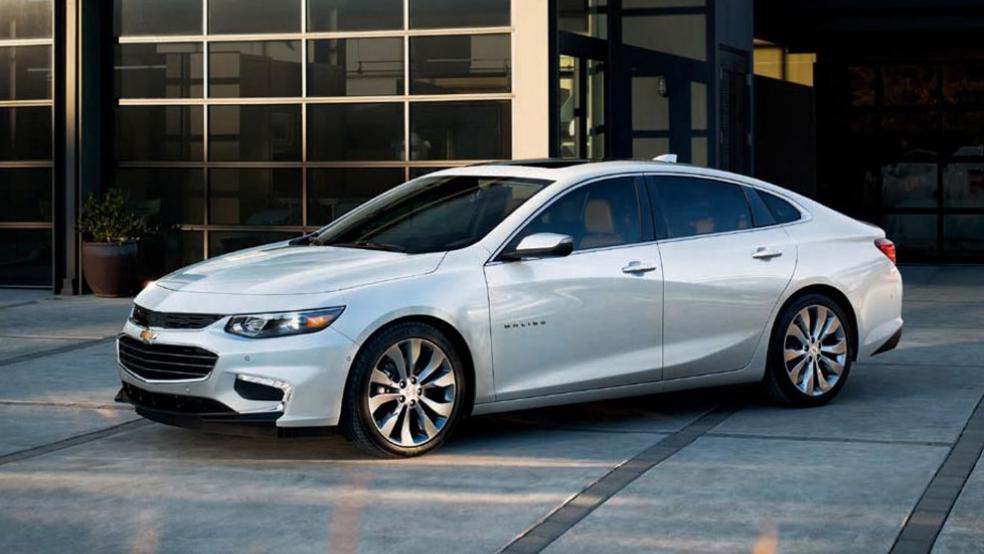The record-setting car-buying boom appears to be over—and that’s good news for anyone in the market for a new set of wheels.
Thanks largely to cheap gas and auto loan rates near historic lows, U.S. car sales — including pick-ups and SUVs — have set records the past two years. But the momentum appears to be stalling so far in 2017 — a downturn that, while punishing to carmakers’ stock prices, could mean big savings for those looking to buy a car.
The annualized rate of auto sales hit a two-year low last month, at 16.6 million, as purchases of both autos and light trucks declined. The results came in below expectations and follow January and February sales reports that were also weak. The biggest losers in March were Ford (down 7 percent), Fiat Chrysler (down 5 percent), Toyota (down 2.1 percent) and Honda (down 0.7 percent). But GM (up 2 percent) and Nissan (up 3.2 percent) both posted modest year-over-year gains.
Related: The 16 Best New Luxury Cars of 2017
Declining sales and large inventories are leading carmakers to offer bigger discounts to buyers. At Nissan, for example, consumer discounts were $441 higher per vehicle than they were a year ago, according to Reuters, while inventory levels for its trucks, SUVs and crossovers reached record highs.
“We’ve had seven straight years of year-over-year sales gains. That’s unprecedented,” says Michelle Krebs, a senior analyst for Autotrader. “But it’s a cyclical industry and now we’re seeing a little bit of a pullback. Sales are being juiced by hefty incentives, making it an even better time to buy car.”
The best deals may be four-door sedans, says Krebs, which have suffered in popularity compared with SUVs and may be harder for dealers to offload.
Then there is the surge of cars coming off leases and back onto dealer floors. More than 3 million car leases are expiring this year, according to J.D. Power, giving car buyers more options.
“Consumers should look at off-lease vehicles,” Krebs says. “They are relatively new, have relatively low mileage, and there is a glut of those coming onto market.”
Related: The 8 Best Midsize Cars for 2017
Off-lease vehicles also meet a long list of criteria and are backed by manufacturer’s warranty. Even sweeter: Many dealers are throwing in extras such as free years of scheduled maintenance or free months of OnStar subscriptions. “Those are some good bargains for consumers,” Krebs says.
While interest rates on auto loans are rising — along with other rates — they still remain under 3.5 percent for a 60-month new auto loan, according to Bankrate. There are some loans out there offering 0-percent financing, while others with 1- to 2-percent financing provide a cash-back incentive, according to Krebs. She stresses that consumers should evaluate the costs over the life of the loan to determine the best value.
Overall, the economic environment remains positive for auto sales this year, with solid GDP growth, a low employment rate, increasing consumer confidence, rising stock markets and steady oil prices, according to the chief economist for the National Automobile Dealers Association.
But most expect a softening from previous years. IHS Markit expects U.S. auto sales to slip 1 percent in 2017, while the NADA Association forecasts U.S. sales to drop to from 17.55 million to 17.1 million vehicles.
“There is an abundance of vehicles to choose from and an abundance of deals to be had,” says Krebs. “But consumers should shop carefully.”





